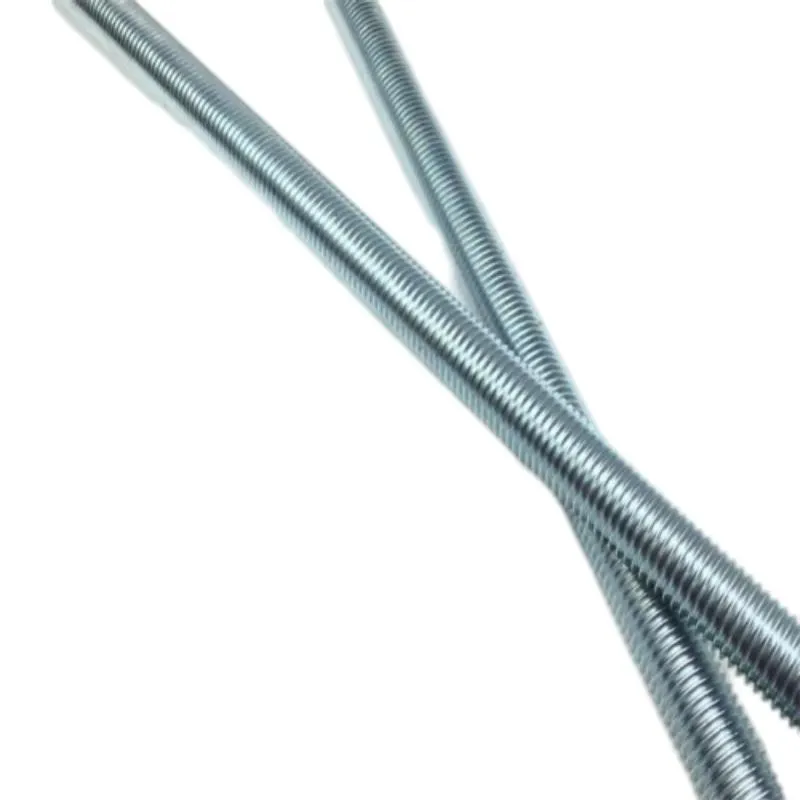Oct . 07, 2024 11:13 Back to list
standard flat washer sizes
Understanding Standard Flat Washer Sizes
Flat washers are essential components in various mechanical applications, providing a stable surface for load distribution, preventing damage from nuts or bolts, and reducing friction during assembly. They are utilized across multiple industries, including automotive, construction, and manufacturing. Understanding standard flat washer sizes is critical for ensuring effective fastening and optimal performance in any project.
What Are Flat Washers?
Flat washers are thin, disk-shaped components with a hole in the center, designed to be placed under a nut or bolt. They come in various sizes, materials, and thicknesses, each suited for different applications. The primary purpose of a flat washer is to evenly distribute the load over a larger area, which helps prevent the fastener from sinking into the material being fastened.
Standard Sizes and Measurement
Flat washers are classified mainly by their inner diameter (ID), outer diameter (OD), and thickness. The most common standards for flat washers are based on the size of the fasteners they support. For instance, the dimensions of washers are often matched with bolt sizes, such as those specified in the Unified National Thread Standard (UN) or the Metric standard.
standard flat washer sizes

A typical example includes washers for ¼-inch bolts, which often have an outer diameter of approximately 0.625 inches and a thickness of about 0.035 inches. For metric bolts, a corresponding size for a 6 mm bolt might have an outer diameter of around 12 mm. It is crucial to select the correct size to ensure that washers fit well with both bolts and the materials being fastened.
Material Considerations
In addition to size, flat washers are also available in various materials, including steel, stainless steel, brass, and plastic. Steel washers are common for general use, while stainless steel offers enhanced corrosion resistance for outdoor or high-humidity environments. Brass washers are often used in electrical applications due to their conductivity, while plastic washers can be beneficial in insulating applications.
Choosing the Right Washer
When selecting flat washers, it’s essential to consider the application. Misalignment in sizes can lead to uneven load distribution, which may compromise the integrity of the assembly. Therefore, it is always recommended to consult a manufacturer’s guide or engineering specifications to choose washers that meet the necessary standards for the specific project.
In conclusion, understanding standard flat washer sizes and their appropriate applications ensures effective fastening in any project. By selecting the correct size and material, you enhance the performance and longevity of mechanical assemblies, contributing to the success of your endeavors. Always remember that the right washer can make all the difference in achieving a reliable and efficient connection.


